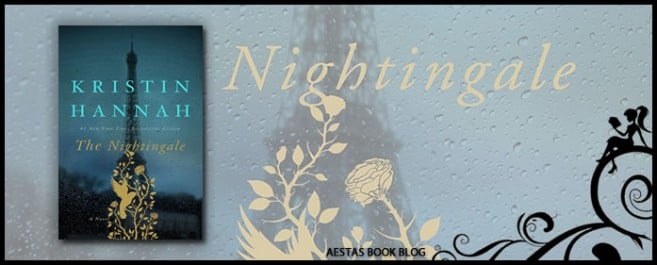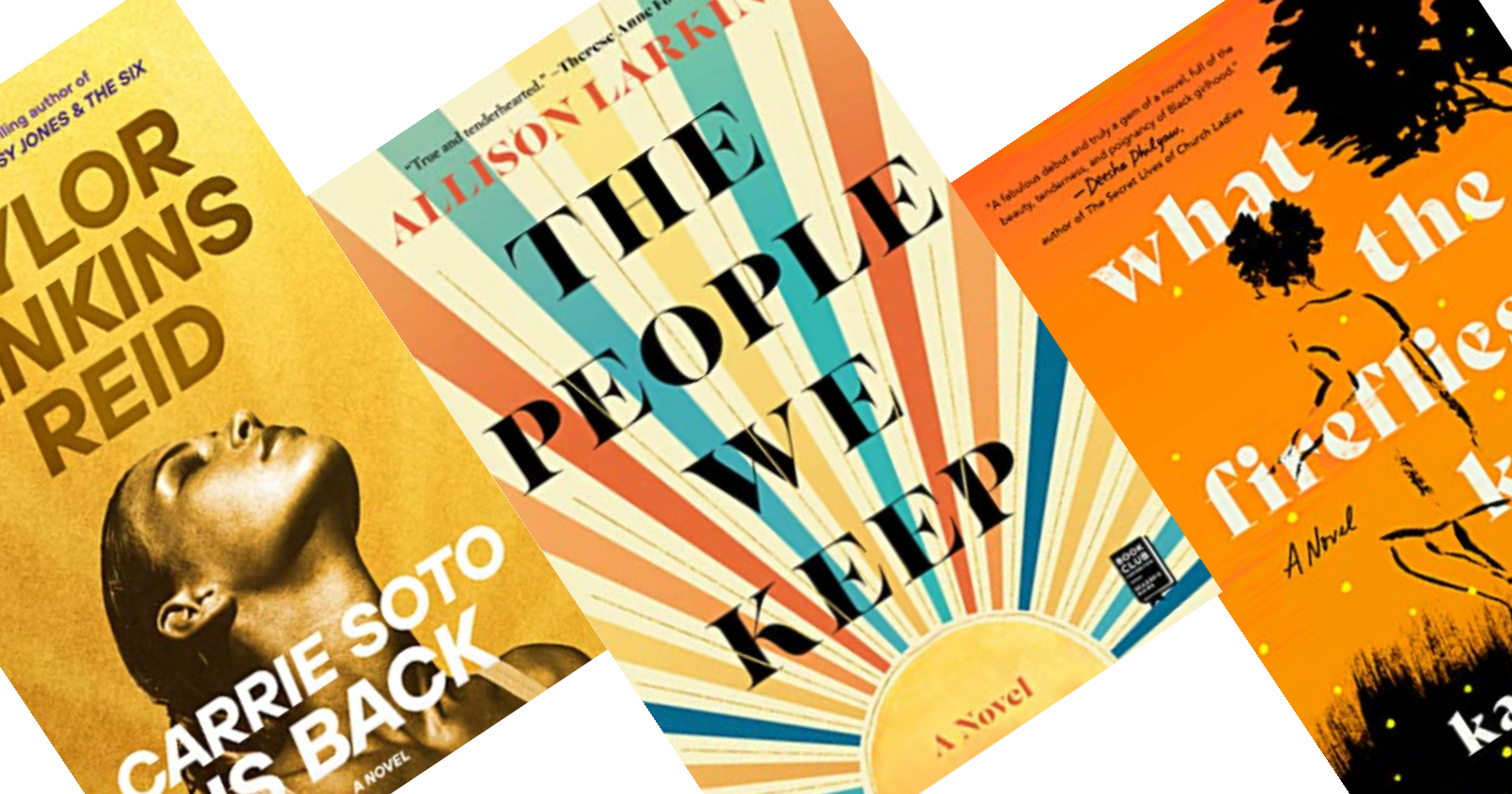Unveiling History’s Shadows: Discover Obscure Gems in Historical Fiction

The Shadow of the Wind by Carlos Ruiz Zafón
1. Synopsis of The Shadow of the Wind
If you're a fan of historical fiction and enjoy getting lost in a captivating and mysterious tale, then “The Shadow of the Wind” by Carlos Ruiz Zafón is a must-read. Set in post-war Barcelona, this novel takes readers on a journey through the city's labyrinthine streets as young protagonist Daniel Sempere discovers a forgotten book, “The Shadow of the Wind,” written by an obscure author named Julian Carax. As Daniel delves deeper into the book and tries to uncover the truth about Carax, he becomes entangled in a web of secrets, love, and betrayal.
2. Unique Historical Setting in The Shadow of the Wind
One of the most intriguing aspects of “The Shadow of the Wind” is its immersive and vivid portrayal of post-war Barcelona. Zafón artfully incorporates historical elements into the story, capturing the atmosphere of the city during that turbulent period. From the gothic architecture and hidden alleyways to the remnants of the Spanish Civil War, the setting adds depth and richness to the narrative, transporting readers to a bygone era.
3. Characters and Plot Development in The Shadow of the Wind
The characters in “The Shadow of the Wind” are complex and well-developed, each with their own secrets and desires. From Daniel Sempere, who unravels the mysteries surrounding Carax's life, to the enigmatic and menacing Fumero, the story is filled with a diverse cast that keeps readers engaged and invested in their fates. Zafón weaves multiple plotlines together seamlessly, creating a suspenseful and intricately layered narrative that will keep you on the edge of your seat.
With its unique historical setting, compelling plot, and well-rounded characters, “The Shadow of the Wind” is an obscure historical fiction gem that shouldn't be missed. So, grab a copy, get lost in the streets of post-war Barcelona, and let Carlos Ruiz Zafón take you on an unforgettable literary adventure.

The Nightingale by Kristin Hannah
1. Plot Overview of The Nightingale
“The Nightingale” by Kristin Hannah is a compelling historical fiction novel set in France during World War II. The story follows the lives of two sisters, Vianne and Isabelle, as they navigate the challenges and horrors of war.
Vianne is a quiet and obedient wife, forced to make difficult decisions to protect her family when her husband goes off to fight. Isabelle, on the other hand, is rebellious and spirited, joining the French Resistance to fight against the Nazi occupation. The sisters' paths diverge, but their love for each other remains unwavering.
Through their individual experiences, the author portrays the devastating impact of war on ordinary people, capturing the theme of resilience and sacrifice. The story is filled with suspense, heartbreak, and moments of incredible bravery.
2. Historical Accuracy and Context in The Nightingale
Kristin Hannah's meticulous research and attention to historical detail make “The Nightingale” a captivating and accurate portrayal of life in France during World War II. The novel delves into the harsh reality of occupation, showcasing the bravery of the French Resistance and the struggles of everyday citizens.
The author paints a vivid picture of the challenges faced by women during this time, highlighting their roles in the war effort and their fight for survival. The historical context provides a deeper understanding of the sacrifices made by individuals in the face of unimaginable circumstances.
3. Themes and Emotional Impact of The Nightingale
“The Nightingale” explores themes of love, resilience, and the power of sisterhood. The bond between Vianne and Isabelle serves as the emotional core of the novel, showcasing the strength and courage found in familial relationships.
This book captures the harsh realities of war and the impact it has on individuals and communities. It forces readers to confront the atrocities of war while also celebrating the indomitable human spirit.
With its compelling characters and emotionally resonant storytelling, “The Nightingale” is a must-read for fans of historical fiction, offering a unique perspective on World War II from the viewpoint of courageous women.

Burial Rites by Hannah Kent
Obscure historical fiction lovers, listen up! If you're looking for a gripping and atmospheric read that delves into a lesser-known period of history, then “Burial Rites” by Hannah Kent should be at the top of your reading list. Set in 19th century Iceland, this novel takes readers on a journey through captivating historical events and explores the lives of fascinating characters.
1. Overview of Burial Rites' Setting and Premise
“Burial Rites” is based on a true story and follows the life of Agnes Magnúsdóttir, the last person to be executed in Iceland in 1830. The novel begins with Agnes being sent to live with a farming family while awaiting her execution. As the story unfolds, readers are transported to the desolate and harsh landscapes of rural Iceland in the 19th century, experiencing life through Agnes' eyes.
2. Exploration of Historical Events in Burial Rites
One of the strengths of “Burial Rites” is its ability to seamlessly blend fictional storytelling with historical events. Hannah Kent meticulously researched the case of Agnes Magnúsdóttir, bringing to life the legal system, cultural traditions, and social norms of the time. The author beautifully captures the struggles of Agnes and the farming family she lives with, creating a vivid and immersive reading experience.
3. Characterization and Historical Accuracy in Burial Rites
Kent's attention to detail is notable in the way she develops the characters and their interactions. Agnes is portrayed as a complex and nuanced individual, painting a sympathetic and humanizing portrait of a woman facing her imminent death. The relationships she forms with the farm family members and the local priest are intricately woven, adding depth to the storyline.
While “Burial Rites” is a work of fiction, Kent's commitment to historical accuracy is evident throughout the book. Drawing on actual court records and historical accounts, she crafts a story that feels authentic and true to the time period. This attention to detail enhances the overall reading experience and brings history to life in a captivating way.
If you enjoy historical fiction that explores lesser-known periods and places, “Burial Rites” is a must-read. Its beautifully crafted prose, well-researched historical background, and captivating characters will transport you to a world that is as haunting as it is unforgettable.

The Siege by Helen Dunmore
1. Introduction to The Siege and its Historical Context
In “The Siege,” author Helen Dunmore takes readers on a journey to 1941 Leningrad, during one of the most devastating sieges in history. The novel tells the story of a family struggling to survive amidst the harsh realities of the German blockade.
Set in a time when food and supplies were scarce, Dunmore masterfully captures the desperation, resilience, and sacrifice of the characters. This historical context adds depth to the narrative, offering readers a glimpse into a little-known chapter of World War II.
2. Narratives and Themes Explored in The Siege
“The Siege” delves into various narratives and themes, making it an engrossing read for fans of historical fiction. The novel explores the themes of love, courage, and the human spirit's ability to endure amidst unimaginable circumstances.
At its core, “The Siege” is a story of survival and the lengths people will go to protect their loved ones. Dunmore intricately weaves together the lives of characters from different backgrounds, creating a vivid and emotionally charged narrative.
3. Impact and Reception of The Siege as Historical Fiction
“The Siege” has received critical acclaim for its powerful storytelling and authentic portrayal of the siege of Leningrad. The novel offers a glimpse into the daily struggles faced by the city's residents during the blockade, shedding light on a lesser-known aspect of World War II history.
Readers have praised Dunmore's ability to bring history to life through her characters and the vivid descriptions of the hardship they endured. “The Siege” stands as a testament to the resilience and strength of the human spirit in the face of adversity.
In summary, “The Siege” is a must-read for historical fiction enthusiasts seeking a captivating and thought-provoking story set against the backdrop of one of the most tragic events of the 20th century. Dunmore's vivid prose and intricate storytelling make this novel a gripping exploration of love, survival, and the power of the human spirit.

Conclusion
Obscure historical fiction is a genre that offers a unique and enriching reading experience. By delving into lesser-known historical periods, events, and characters, readers can gain new perspectives and deepen their understanding of the past. The genre provides a rich tapestry of storytelling that combines the excitement of fiction with the intrigue of history.
1. Why Obscure Historical Fiction is Worth Exploring
Obscure historical fiction offers a refreshing departure from the well-trodden paths of popular historical periods. By exploring lesser-known settings and characters, readers can discover hidden gems that bring history to life in unexpected ways. This genre allows for a more immersive and personal experience, as it often delves into the lives of ordinary people rather than just the well-known figures of history.
2. Personal Recommendations for Further Reading
Here are a few recommendations for obscure historical fiction novels that you might enjoy:
-
“The Nightingale” by Kristin Hannah: This bestselling novel is set during World War II and follows the lives of two sisters in Nazi-occupied France. It offers a gripping and emotional portrayal of courage and resilience.
-
“The Song of Achilles” by Madeline Miller: This novel dives into the mythical world of ancient Greece and tells the story of the Trojan War through the eyes of Patroclus, a young prince.
-
“The Coffee Trader” by David Liss: Set in 17th-century Amsterdam, this novel explores the world of finance, trade, and betrayal. It provides a unique window into the little-known history of the Dutch coffee trade.
3. Frequently Asked Questions about Obscure Historical Fiction
Q: Is obscure historical fiction historically accurate?
A: While authors strive for historical accuracy, some creative liberties may be taken to enhance the storytelling experience. However, many authors conduct extensive research to ensure their portrayal of historical events and settings is as accurate as possible.
Q: Where can I find more obscure historical fiction recommendations?
A: Online book communities, such as Goodreads or historical fiction blogs, can provide a wealth of recommendations from fellow readers and enthusiasts. Libraries and independent bookstores may also have sections dedicated to historical fiction.
Q: Is obscure historical fiction only focused on Western history?A: No, obscure historical fiction can explore a wide range of historical periods and settings from different parts of the world. There are novels that delve into African, Asian, and South American history, providing diverse perspectives and stories.
By delving into the world of obscure historical fiction, readers can unearth hidden gems and gain a deeper appreciation for the richness of history. These novels offer a compelling blend of imagination and reality, making them a must-read for history enthusiasts and fiction lovers alike.

